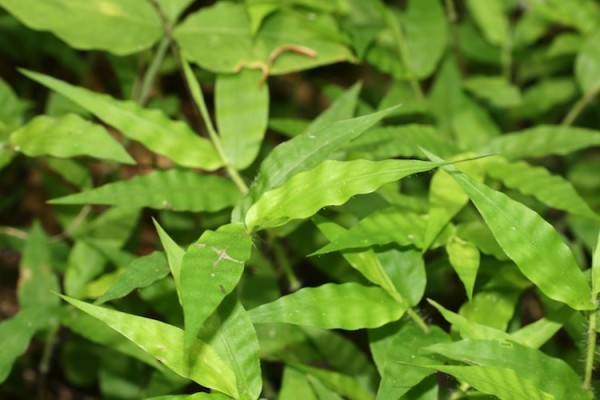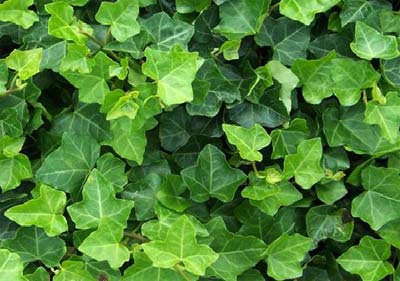Invasive Plant Species in New Jersey: What You Need to Know
The New Jersey Invasive Species Strike Team sounds like an intense group, replete with tactical gear and helmets. While the initiative is no military operation, it does serve an important and tactical purpose that’s important in maintaining a natural New Jersey. The strike team is a relatively new statewide cooperative that aims to stop the spread of invasive species in New Jersey.
This is important because the introduction of invasive plant species takes up the space of native plant and has negative ramifications on wildlife. They also take over and destroy the appearance (and sometimes even structure) of your landscape.

Wavy Leaf Basket Grass
Here are a few things you should know about invasive species in New Jersey.
What is an invasive species?
First, it’s essential to understand what defines an invasive species. Here is the definition given on the strike team’s website:
- non-native (or alien) to the ecosystem under consideration and
- whose introduction causes or is likely to cause economic or environmental harm or harm to human health.
This means it could actually be a number of things, including plants, animals, fungi and more.
How to ID an invasive species

English Ivy
Identifying an invasive species is not an easy task, but the New Jersey Invasive Species Strike Team has compiled a list of species invasive to New Jersey. Such invasive plants include things like English ivy, orange eye butterfly bush, Chinese silvergrass and more. Many of the plant species on the list are very rare, but need to be eradicated on all detected occurrences.
If you’re afraid of invasive plant species, you can learn more about them, as well as the 20 target species, by clicking the species on the strike team site.
What can you do to help?
If you want to help maintain a natural New Jersey, there are many things you can do as a resident to combat invasive species. One of the easiest things you can do is plant native species on your property. This not only bolsters the native species populations in New Jersey but it also takes up space that could be expropriated by unwanted species. Native plants are also low maintenance because they’re native to the environment.
Since New Jersey plants differ from plants in other places (for example, check out this great article about which plants thrive in Houston’s completely different landscape), you need to make sure the species are actually native to the area by doing some research or contacting an expert.
Another thing you can do to stop invasive species is to report an observation to the strike team to let them know if an invasive species has popped up.
If you’re interested in planting services, we can help you create a beautiful landscape on your property without invasive species.


